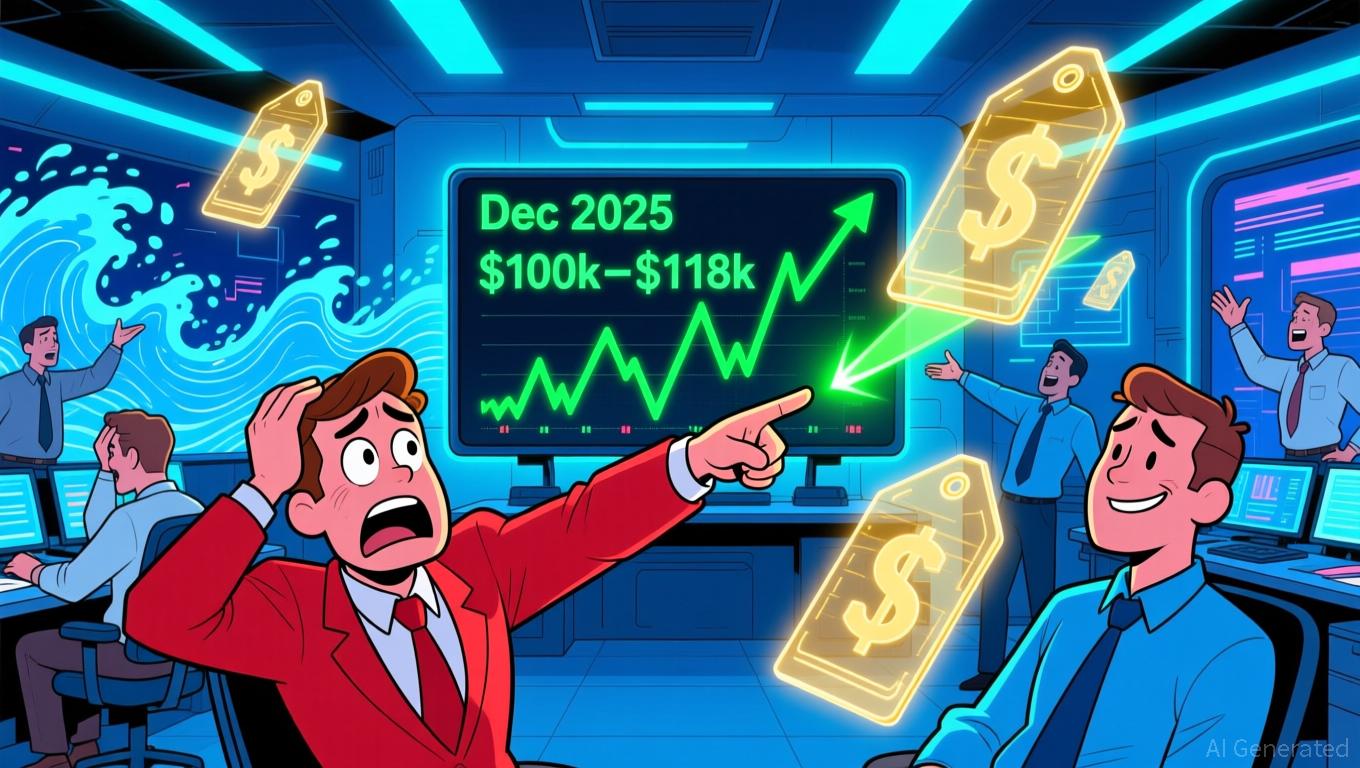Most Crypto Treasury Firms Trade at a Discount — Here’s Why
Bitwise Chief Investment Officer Matt Hougan highlights common mispricing in Digital Asset Treasury Companies (DATs). He urges investors to consider valuation beyond simple crypto holdings as these firms navigate complex financial dynamics. DATs now manage over $130 billion in digital assets, serving as vital links between traditional capital markets and direct cryptocurrency exposure. Their unique
Bitwise Chief Investment Officer Matt Hougan highlights common mispricing in Digital Asset Treasury Companies (DATs). He urges investors to consider valuation beyond simple crypto holdings as these firms navigate complex financial dynamics.
DATs now manage over $130 billion in digital assets, serving as vital links between traditional capital markets and direct cryptocurrency exposure. Their unique position brings new valuation challenges that set them apart from other investment vehicles.
Bitwise Just Revealed 3 Ways to Value DATs: All You Need to Know
Bitwise CIO Matt Hougan warns that most DATs are mispriced. While many trade at a discount to their assets, a few can trade at a premium by boosting crypto-per-share.
Hougan’s framework offers investors a clear way to separate the winners from the laggards.
1/ I see a lot of bad analysis of DATs, or digital asset treasury companies. Specifically, I see a lot of bad takes on whether they should trade at, above, or below the value of the assets they hold (their so-called “mNAV”).Here's how I approach it.
— Matt Hougan (@Matt_Hougan) November 23, 2025
Why Most DATs Trade at a Discount
Hougan highlights three main reasons DATs usually underperform:
- Illiquidity: Investors demand a 5–10% discount if assets aren’t immediately accessible.
- Expenses: Operational costs and executive compensation directly reduce value.
For example, $100 of Bitcoin minus $10 of expenses per share equals a 10% discount.
- Risk: Mistakes, market shifts, or execution errors further lower valuations.
“…most of the reasons they should trade at a discount are certain, and most of the reasons they might trade at a premium are uncertain,” Hougan says.
This means the majority of DATs will underperform relative to their net asset value (mNAV).
How DATs Can Trade at a Premium
Some DATs outperform by increasing crypto-per-share, with Hougan identifying four key strategies:
- Issuing Debt: Borrowing USD to buy crypto can grow per-share holdings if prices rise.
- Lending Crypto: Earning interest compounds the crypto held by the company.
- Using Derivatives: Writing options or similar strategies generates additional assets, though it may limit upside.
- Acquiring Crypto at a Discount: Buying undervalued assets, repurchasing shares, or acquiring cash-flow businesses can increase crypto-per-share efficiently.
The Bitwise executive articulates that scale matters, noting that larger DATs can access debt more easily, lend more crypto, and take advantage of M&A opportunities. Size is a structural advantage.
Market Differentiation Is Coming
DATs have historically moved together, but Hougan predicts increased divergence.
- Premium DATs: Executing well, growing crypto-per-share, leveraging scale.
- Discount DATs: Struggling with expenses, risk, or small scale.
Investors can use Hougan’s approach, calculating expenses, risk, and growth potential, to determine fair value.
Investors should also watch:
- Which DATs consistently increase crypto-per-share.
- How scale gives certain DATs a long-term edge.
- Market moves that create opportunities to buy undervalued DATs.
With the market set for more differentiation, understanding Hougan’s framework could separate winners from losers amid a growing digital asset treasury space.
Disclaimer: The content of this article solely reflects the author's opinion and does not represent the platform in any capacity. This article is not intended to serve as a reference for making investment decisions.
You may also like
USDe's total value locked drops by 50% even as onchain activity remains strong, highlighting the vulnerability of DeFi yields
- Ethena's USDe stablecoin TVL fell 50% to $7.6B amid yield compression and unwinding leveraged carry trades, despite rising onchain transaction volume. - The synthetic stablecoin's 5.1% APY now lags Aave's 5.4% USDC borrowing rates, triggering outflows as leverage strategies become unprofitable. - Collapsing 10x leverage loops and maturing perpetual tokens accelerated TVL decline, exposing fragility of yield-bearing stablecoins in risk-off markets. - Chaos Labs recommends lowering Aave V3 stablecoin borro
Klarna's CEO Turns Crypto Skepticism into a Stablecoin Innovation
- Klarna , a Swedish fintech , launches KlarnaUSD, its first stablecoin, after CEO Sebastian Siemiatkowski previously dismissed crypto as impractical. - Pegged to the U.S. dollar, the stablecoin uses Stripe's Open Issuance platform and Tempo blockchain, with a 2026 public launch planned. - Aimed at cutting $120 billion in annual cross-border payment fees, it targets 114 million users and $112 billion in GMV, aligning with a $27 trillion stablecoin market surge. - The move deepens Klarna's partnership with

Bitcoin News Today: Bitcoin’s $13.3B Options Expiration Depends on 15% Surge to Protect Major Positions
- Bitcoin (BTC-USD) fell 30% from its $126,000 peak to $87,080 amid ETF outflows, stablecoin liquidity declines, and leverage unwinds. - A $13.3B options expiry on Dec 26, 2025, features a $1.74B call condor bet targeting $100,000–$118,000, with profits capped at $112,000. - November saw $3.5B in Bitcoin ETF outflows, while stablecoin market cap dropped $4.6B, signaling heightened liquidity risks. - Market stability signs include a 32 RSI near oversold levels and reduced downside protection costs, though s

Bitcoin Updates Today: Bitcoin's Volatility: Surrender or Endurance from Institutions?
- Bitcoin's recent price drop and negative funding rates suggest market capitulation, with open interest collapsing 32% since late October 2025. - Institutional holdings like KindlyMD's $681M BTC stash and Harvard's ETF investments highlight growing long-term confidence in Bitcoin's stability. - Q3 2025 crypto VC surged 290% to $4.65B, while experts diverge: Standard Chartered targets $200K BTC by year-end, Kraken predicts $80K–$100K consolidation. - Macro risks including Japan's reserve rules and AI-drive

